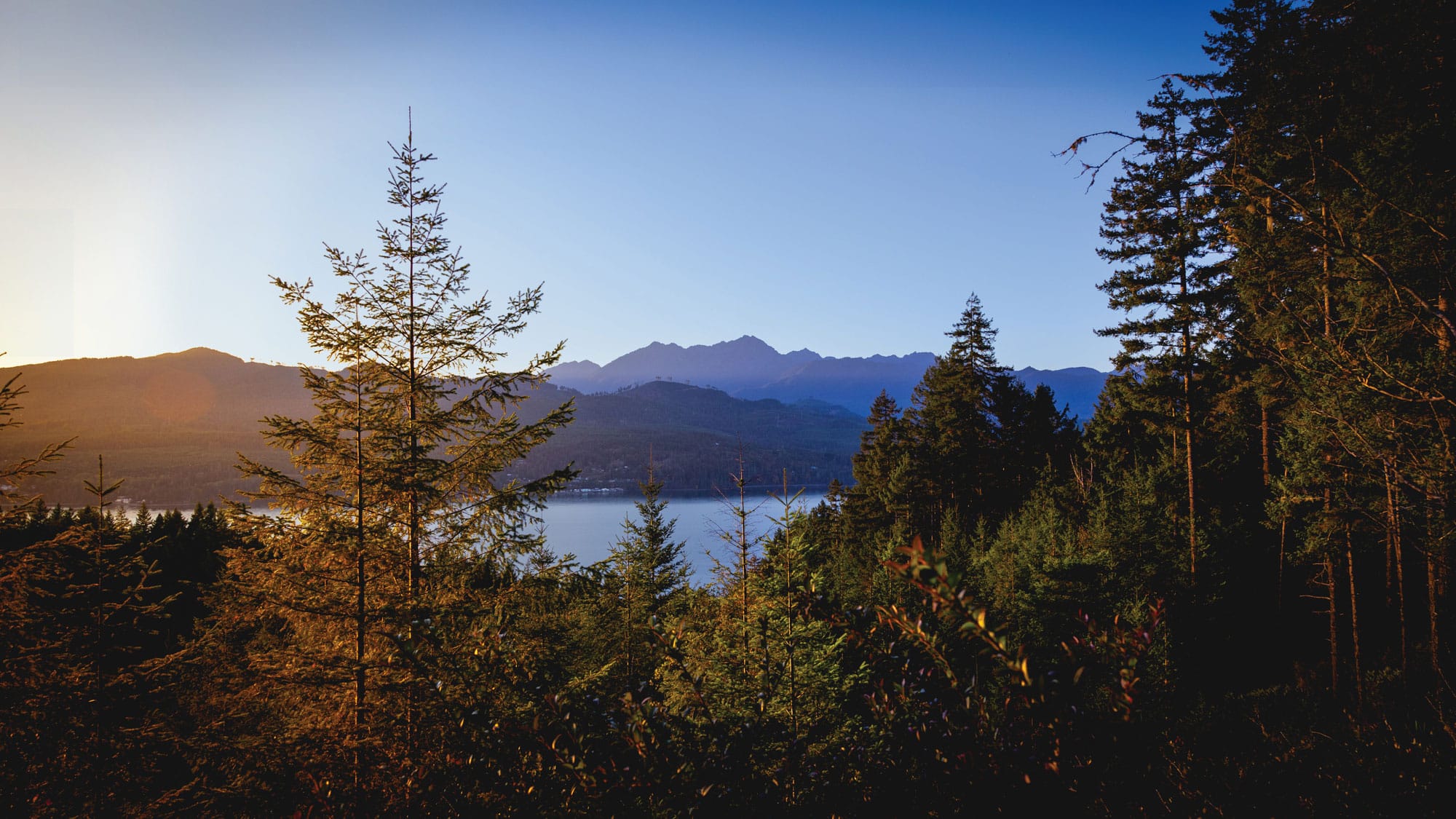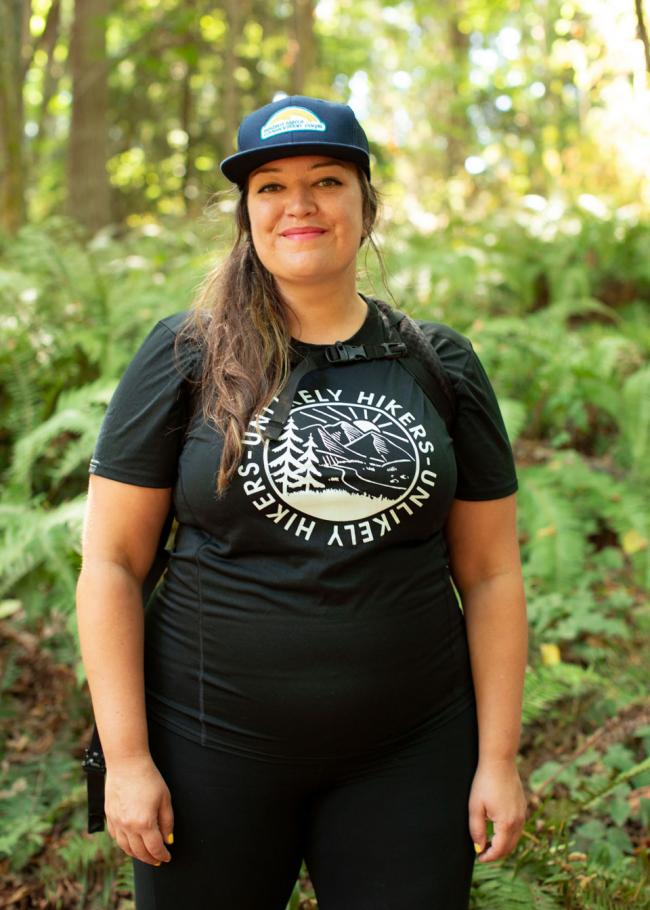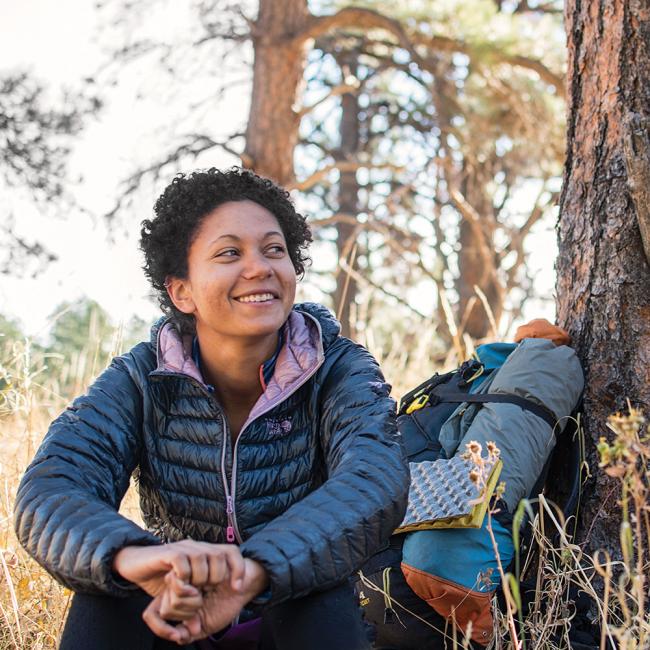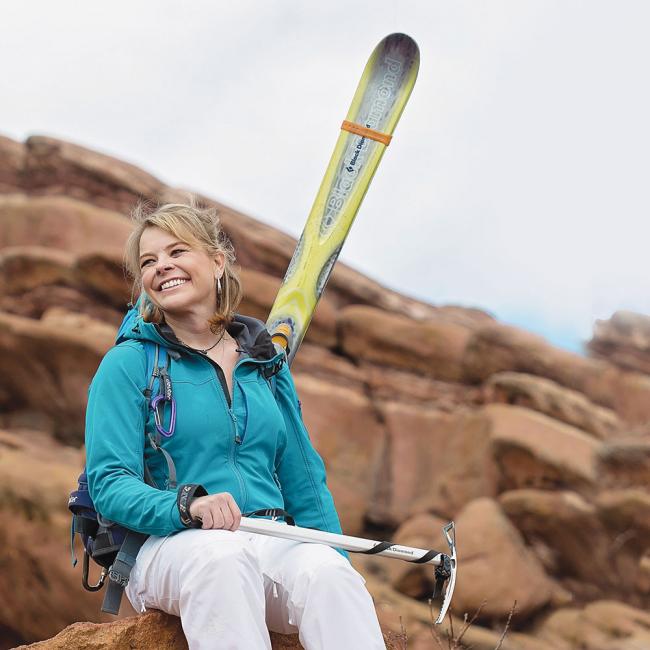While my whiteness is a calling card of outdoor culture, my size and queerness were at odds with what I was seeing. Comments from other hikers referencing my size frequently puncture(d) the sense of place I felt while hiking.
I needed people to talk to about this. I needed community. In 2016, I started Unlikely Hikers—a diverse, antiracist, body-liberating outdoor community featuring the underrepresented outdoorsperson. We’re an Instagram community, a nationwide hiking group and, now, a podcast. The outdoor industry version of who is “outdoorsy” doesn’t represent most of us. We are people of size, Black, Indigenous, People of Color, queer, trans, and nonbinary. We are people with disabilities and people who use the outdoors to aid our mental health. We talk about access, politics, and conservation while we honor the land and its Indigenous stewards. We explore and build community at these intersections.
This summer, I interviewed outdoor leaders who aren’t simply diversifying the status quo, but creating a whole new outdoor culture from the ground up that is for everybody and every body. I asked them about their outdoor careers and lifestyles, how they experience parks and public lands, how COVID-19 has shifted plans, and their hopes for the future. I hope their stories inspire you to take inventory of your own outdoor experiences. Each of us has a responsibility to use our privilege to benefit those who have less access. How can you be part of creating this change?
Read more of Jenny’s writing and support Unlikely Hikers at Jenny Bruso & Unlikely Hikers and on Instagram @unlikelyhikers.
Read Jenny’s conversations with outdoor leaders below:






